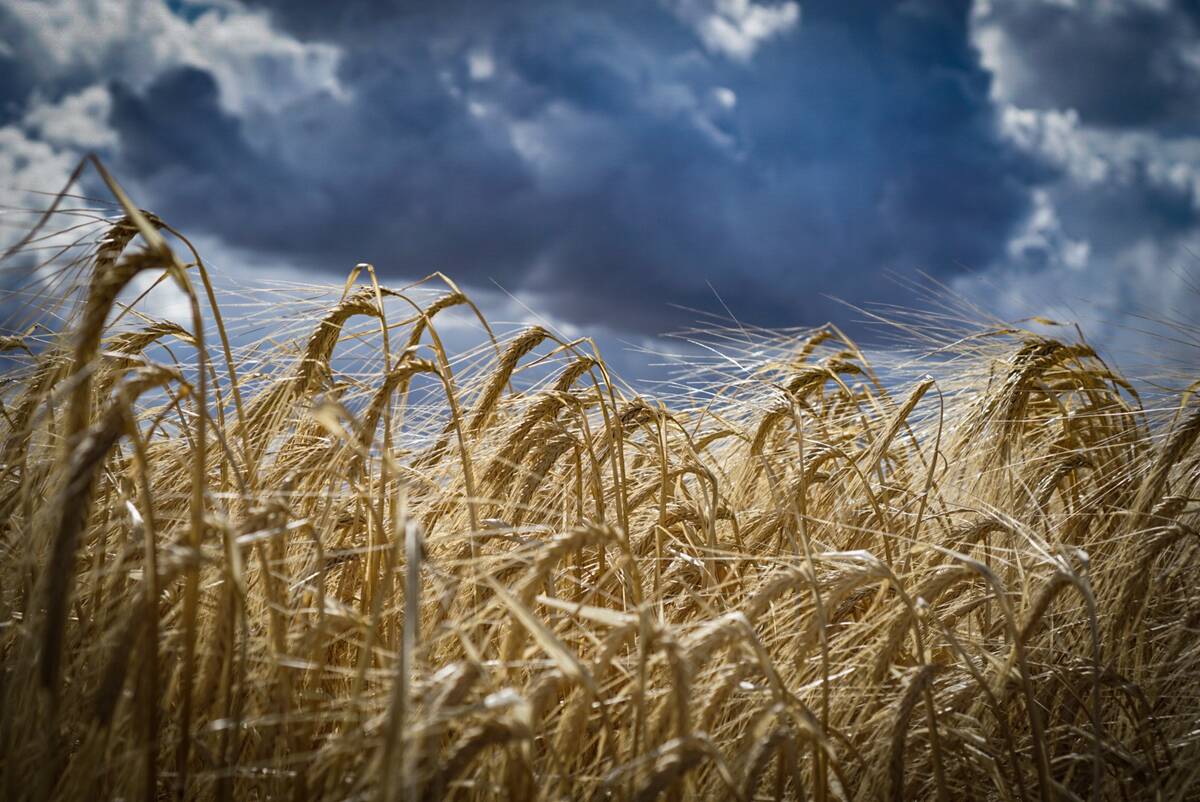Historical acreage levels for crops have no bearing on the future, said a biofuel researcher speaking at Manitoba Ag Days last week, because farmers will plant whatever pays the most.
If biofuel delivers as promised, and offers superior financial returns in the coming years, farmers could be planting new ultra-vigorous varieties of canola developed in Germany, or even obscure crops like camelina, also known as false flax.
“It’s one of those crops that 80 years ago, somebody decided to go with flax rather than camelina, and that’s the way the world went,” said Manitoba Agriculture specialist Scott Day, who manages an applied research facility in Melita, Man.
Read Also

Malting barley exporters target Mexican market
Canada’s barley sector is setting its sights on the Mexican market to help mop up some of the lost demand from China
“It’s been sitting on the shelf, but could be an option for organic producers where drought is a concern or in sandy soil. In Alberta during the 1960s, camelina was yielding 5,000 pounds per acre. It can really go crazy under good conditions.”
Camelina seed, which is about one-tenth the size of a wheat kernel, is like flax, high in omega 3 oils. A biodiesel plant in Wyoming has been proposed to run exclusively on the crop, he added.
“One thing about it, if you have a hole in your auger or combine, it will pour out just like sand.”
Day said that a company donated 25 of the best canola varieties from Germany to Canadian researchers, who planted them in comparison plots against top local breeds. The non-GMO German seeds were later maturing, but grew more competitively, reaching almost two metres in height and yielding more per acre.
Potential pitfalls for biodiesel plants could include hydrocracking, which would be done by oil refiners directly, and leave producers out of the loop. Also, new discoveries cannot be ruled out, such as ways of blending straight vegetable oil that could be burned in vehicles without damaging engines.
North American auto manufacturers have an unfair prejudice against diesels, which car makers in other countries, especially Europe, do not share.
If ethanol takes off as expected, he added, domestic car manufacturers would have a lot of catching up to do.
Research has shown that cars running on E100, or pure ethanol, get up to 30 percent poorer mileage. If the cylinder compression ratio is increased to equal that of a diesel, at about a 15-1 ratio, the efficiency rises to match.
“If we start getting car engines that are made to run on both gas and ethanol with high compression, then all of a sudden this cheap ethanol is worth as much as gas and has the same thermal efficiency as diesel,” he said.
“So things are going to change fairly quickly.”
Sugar beets might also be used to produce ethanol. They could produce 2,700 litres per acre, even higher than sugar cane’s 2,500 litres. Sugar cane powers Brazil’s booming industry.
Palm oil, a tropical perennial crop, is the reigning king of biodiesel at 2,500 litres per acre, he said, but the future may belong to algae for the production of alternative fuels.
The fossil fuels being burned up right now are not the remains of ancient forests and dead dinosaurs, but rather algae. According to recent experiments in Massachusetts, one acre of algae can produce up to 50,000 litres of biodiesel, since half of its mass can be converted into fuel. Canola, in comparison, can yield upwards of 500 litres per acre.














